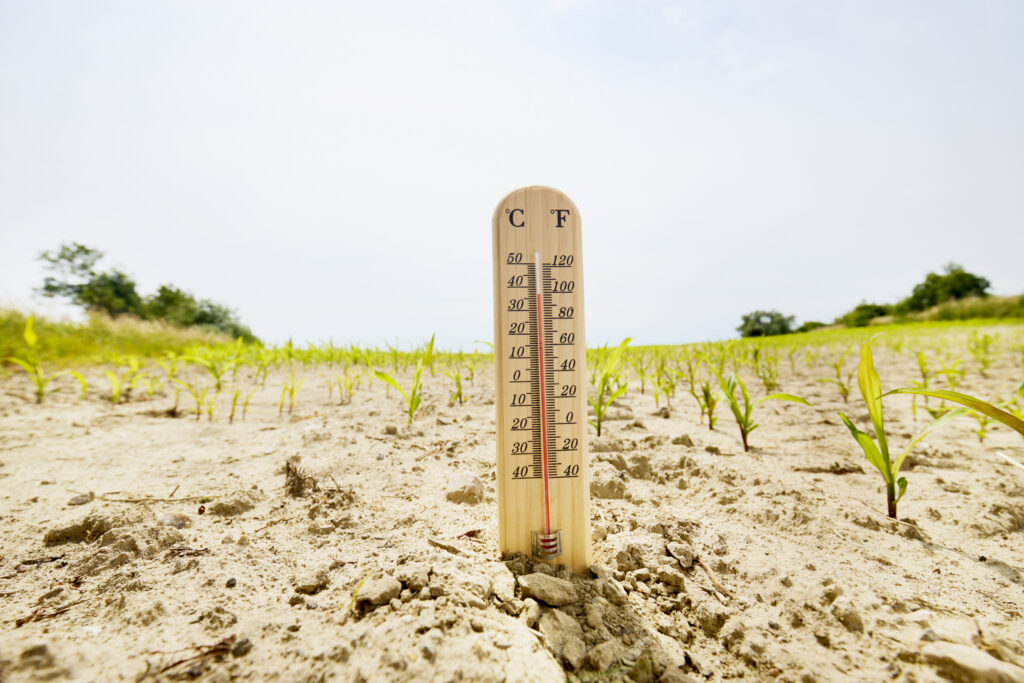Climate Change Weekly #150
Climate alarmists assume global warming will restart in the coming years. Based on that assumption and model projections, they warn of a coming catastrophe for humans and the planet.
But global warming, whether natural or human-caused, is more likely to result in benefits than harms. Climate alarmists ignore the possible benefits from a warmer world because to do otherwise would undermine their efforts to control humankind’s use of fossil fuel energy.
In late November, the U.K. Office of National Statistics published its latest figures on “excess winter deaths” – a figure that acknowledges more people die in the winter months (December, January, and February) than in the summer months (June, July, and August). There were 18,200 more deaths in the U.K. between December 2013 and February 2014 than there were between June and August 2013. While that sounds like a lot of excess winter deaths, it’s actually the lowest recorded figure in 65 years. During the 2012–13 winter, for example, there were more than 31,280 excess winter deaths.
Why so many fewer excess winter deaths in 2013–14 than in the previous year? Because December 2013 and January 2014 average temperatures winter were 2° Celsius above the long-term average.
Fewer excess winter deaths isn’t the only benefit of a warming world routinely ignored by climate alarmists. They don’t like to talk about the increased water availability that warming would bring about for some parts of the world, or the increase in farmable acreage and crop yields that would result from warming temperatures and increased atmospheric carbon dioxide.
The alarmists also refuse to acknowledge the very real harms their anti-energy policies cause in the here and now, not some climate-model-predicted future. As just one example, their preference for expensive solar and wind energy and restrictions on the use of less-expensive fossil fuels have caused energy prices to rise, making it difficult for the poor and those on fixed incomes to pay their electric bills. At least some of those who can’t pay their bills save money by keeping the air conditioning off in the summer and the heat off in the winter. They may scrimp even further by not paying for needed medicines or food.
The climate alarmists’ policies are putting people into poverty – energy poverty. If they continue to get their way, we can expect many more “excess deaths” in the winter, the summer, and year ’round.
SOURCE: The Spectator (UK)
IN THIS ISSUE …
House blocks Obama’s climate funding … Greenpeace busted in Peru … Oil and gas forecasts a nightmare for climate alarmists … Climate models can’t handle El Niño/Southern Oscillation … Climate deal collapses
HOUSE BLOCKS OBAMA’S CLIMATE FUNDING
The bloated spending bill passed by the House and waiting action in the Senate is loaded with subsidies and political boondoggles, including a renewal of the production tax credit for wind farms. There’s at least one good provision in the bill, though: It blocks the $3 billion in funding President Barack Obama pledged to the United Nations’ green climate fund during his recent climate talks with China. Senator James Inhofe (R-OK), incoming chair of the Senate Environment and Public Works Committee, said, “[President Obama’s] climate change spending priorities, estimated to be $120 billion since the beginning of his Administration, were on the ballot, and Americans spoke. The President’s climate change agenda has only siphoned precious taxpayer dollars away from the real problems facing the American people.”
SOURCE: The Daily Caller“>
GREENPEACE BUSTED IN PERU
Twenty Greenpeace activists are being held in Peru and face criminal charges for damaging a UNESCO world heritage site, the Nazca Lines – huge depictions of creatures and plants scratched on the surface of the ground between 1,500 and 2,000 years ago. In a publicity stunt, the activists walked out into a “strictly prohibited” area and laid big yellow cloth letters that read: “Time for change; the future is renewable.” The message was intended for delegates from 190 countries at the U.N. climate talks being held in nearby Lima. Because the Nazca Lines are fragile and footprints can last hundreds of years, not even heads of state are allowed to walk there unless they have special authorization and wear special shoes. The message resulting from the stunt had nothing to do with global warming, but it did lodge firmly in Peruvians’ minds the notion that Greenpeace has no respect for the laws or cultural landmarks of the people of Peru.
SOURCE: The Times
OIL AND GAS FORECASTS A NIGHTMARE FOR CLIMATE ALARMISTS
In its 2014 annual report, ExxonMobil, the world’s largest oil company, projects substantial growth in the use of oil and natural gas through 2040, resulting in a 20 percent increase in global greenhouse gas emissions. Among the major economies highlighted in the report, India’s emissions will rise the most, with a 140 percent increase expected by 2040. While Exxon expects advanced economies to cut energy use by almost 10 percent through 2040, growth in places like India, South Africa, and Thailand will boost demand for fuels by an expected 36 percent.
SOURCE: Business Week
 |
CLIMATE MODELS CAN’T HANDLE EL NIÑO/SOUTHERN OSCILLATION
Recent studies demonstrate climate models are incapable of modeling the El Niño/Southern Oscillation (ENSO) interaction. ENSO is the dominant factor in climate variability from year to year, and the inability of models to properly account for it limits their usefulness in predicting regional impacts. Climate models used by the IPCC cannot simulate the basic interrelationship between the strength of the trade winds and the surface temperature gradient of the tropical Pacific. In addition, climate models do not factor in enough sunlight, a key failure because sunlight provides fuel for ENSO. An accurate accounting of the sunlight creates an obvious problem for climate modelers: More sunlight undercuts the modelers’ reliance on manmade greenhouse gases to account for the warming from the mid-1970s to the turn of the century. Increased sunlight itself would explain much of the warming experienced.
SOURCES: Watts Up With That
CLIMATE DEAL COLLAPSES
The honeymoon is over for the climate deal reached by President Barack Obama and Chinese President Xi Jinping. Just over a month after the agreement was announced, Chinese climate negotiators at the U.N. Climate Summit in Peru refused to agree to measurable and enforceable carbon reduction targets and “rejected [international] scrutiny of (plans) to limit carbon emissions.” Though it appears Beijing will not commit to verifiably reducing or capping CO2 emissions, it does expect the United States and other Western nations to fully fund the promised $100 billion in aid to developing countries to fight global warming.
SOURCE: Investor’s Business Daily





